Photo credit © Cruzz Taylor
In May 2010 we placed our first scythe order for courses and sales.
Here's a brief history of our journey...
In 1993, after spending time in Ireland and France, we returned to Belgium with our one-year-old son, Cole. Peter set up a small hand-tool wood workshop, and we were also using hand tools such as axes and scythes for outdoor work.
In 1999, Le Pic Vert started as a side activity around green woodwork, mainly making chairs, but also some hay rakes and hayforks. In later years spoon carving and bowl turning were added to these activities.
Peter first learned how to peen with the help of an elderly mower who was proficient in the technique. Over the years, he perfected this skill. In his job at the time, maintaining green spaces, Peter realized that the scythe also had its place in the professional context.

In 2008, Peter went with our daughter Michelle, who was 13 at the time, to a mowing event organized by a scything association in France, to have direct contact with experienced mowers and measure his skills because the idea of selling scythes and teaching scything courses was in the making, even if we needed time to save up.
The experience was conclusive, and Michelle also received many compliments on her mowing technique that day!
Some texts were also very informative, particularly the writings of Peter Vido. He had very rigorous standards when it comes to sharing information on scythes and scything, a principle we also value. We had some contact with him by email, and we regret not having had the opportunity to meet him in person. Fortunately, he left behind many writings, among the most comprehensive on the use and maintenance of the scythe, for the benefit of anyone who wants to learn or delve deeper into the subject.

Peter Vido's addendum to this book was a valuable resource at the time. His writings on his website, as well as his book, The Big Book of the Scythe, which was not completed before his death, are also extremely valuable.
In 2010, we started up our scything business. We soon created our website and started offering courses, without much of an idea how much interest our project would generate; we simply figured that every scythe adopted was one less motorized machine.
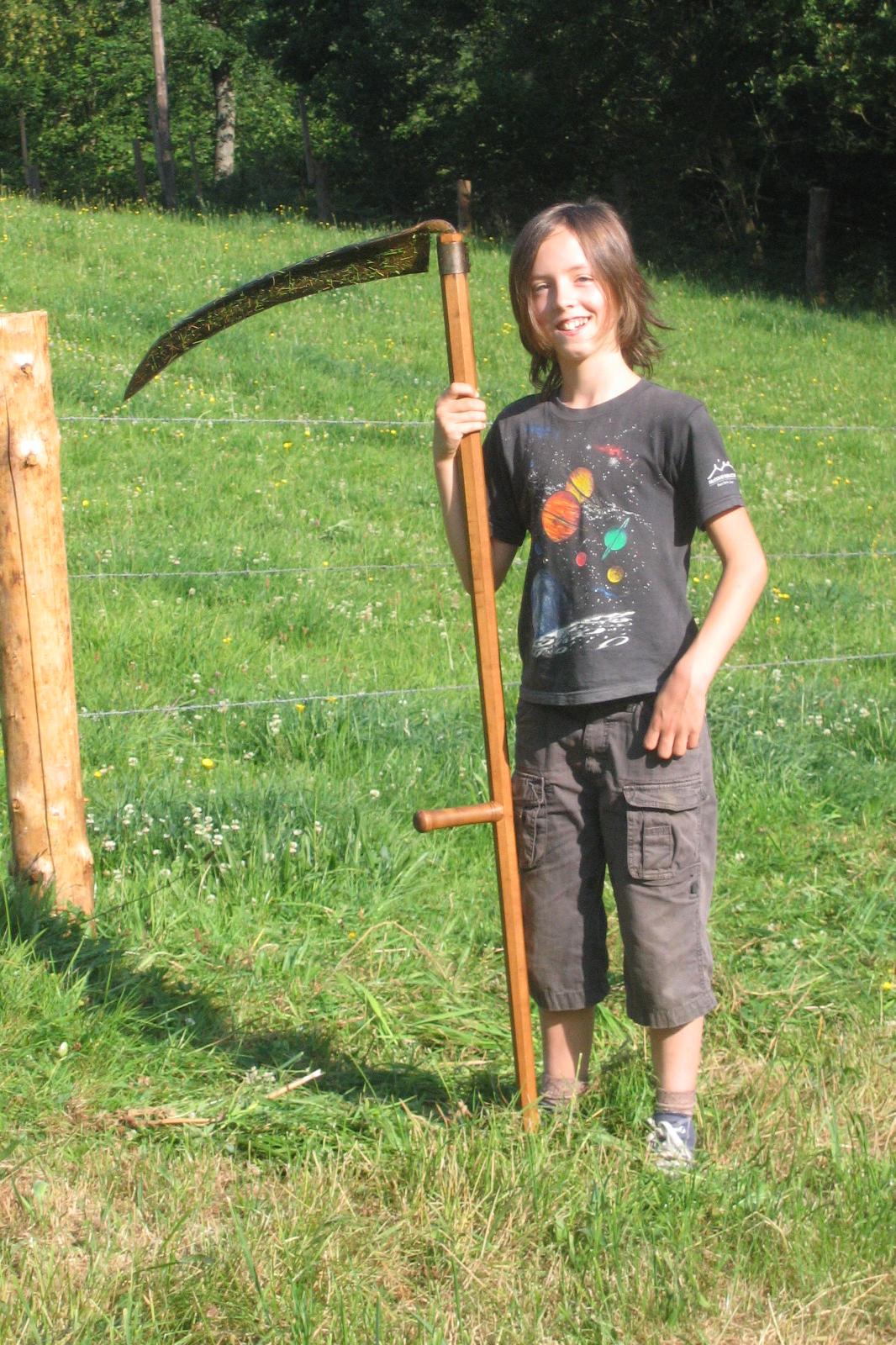
Our three children have always felt comfortable with hand tools. Michelle and Émile were already quite skilled with the scythe at a young age.
The first year got off to a slow start, and the very first workshop attracted only two participants! The demand was virtually non-existent at the time in the Benelux and in France, our main areas of activity. If we wanted to promote the scythe as an efficient tool and stimulate interest in it, we had to give demonstrations and talk about it a lot for the first few years.
La Petite Foire, one of the events we've been participating in for years
In 2012, Peter read an article by Peter Vido comparing the Austrian Fux blades, the only ones we sold at the time, with the Italian Falci blades, and he was keen to discover them. Shortly after, a first selection of these blades arrived. Peter tested them and was impressed, and we added them to our catalogue. Some are still amongst his favourites.
After a few years, the trend began to reverse, and we became victims of our own success. More and more people from all walks of life were interested in using the scythe and saw its many benefits. And since everything had to be learned from scratch for the vast majority of people, we spent a lot of time answering their questions and giving them long explanations by phone and email, and at fairs.
In 2014, we took a trip to Italy to visit the Falci factory. We saw the scythe-making process and the manager allowed Peter to rummage around the warehouse at his leisure, like a child in a toy store, in the enormous stock of different scythe models adapted to different regions of the world.
The picturesque little town of Dronero, where Falci is located
The Falci factory
We also stopped along the way to visit the Musée de la Faulx (Scythe Museum) in Pont Salomon, accompanied by local customers who warmly welcomed us. This former factory in Haute-Loire in France produced a large number of scythes in the 19th and 20th centuries. The museum is definitely worth a visit for those interested in the history of the scythe industry.
After about a decade, we began to observe an improvement in the level of knowledge of the people who contacted us and a marked reduction in the time spent constantly explaining everything from A to Z. The collective efforts of the small handful of teachers and enthusiasts in the French- and Dutch-speaking world, of which we were a part, were starting to pay off!
It had become clear that we would need a dedicated space for the merchandise, which was increasingly invading the various rooms of our house, but we were so caught up in the whirlwind that it took us long to find the time to build a small annex. It's finally underway!
We ended up translating the instructions for the Fux snath and the peening jig into French. This was useful for French speakers because, although these manuals have many images, the explanatory texts are also important, and they were only in German and English. We also wrote instructions for the Falci snath, since none existed.
In 2020, we decided to start training other teachers to expand the geographical area in which people can follow a scything course with a qualified teacher, and also to meet the ever-growing demand for these courses. We designed a comprehensive training program and launched it the following year. It was the ideal solution to ensure that courses were given by people capable of teaching the proper techniques, with the right tools and a good training method, thus ensuring the continuity of mowing courses in the larger area. Since then, we’ve had several people in training, some of whom have completed the course, and it’s a pleasure for us to advertise their courses on our website knowing that more people will be able to follow a course with a competent teacher without Peter having to travel long distances anymore! It would have been unrealistic in any case to think that we could continue to meet the demand on our own.

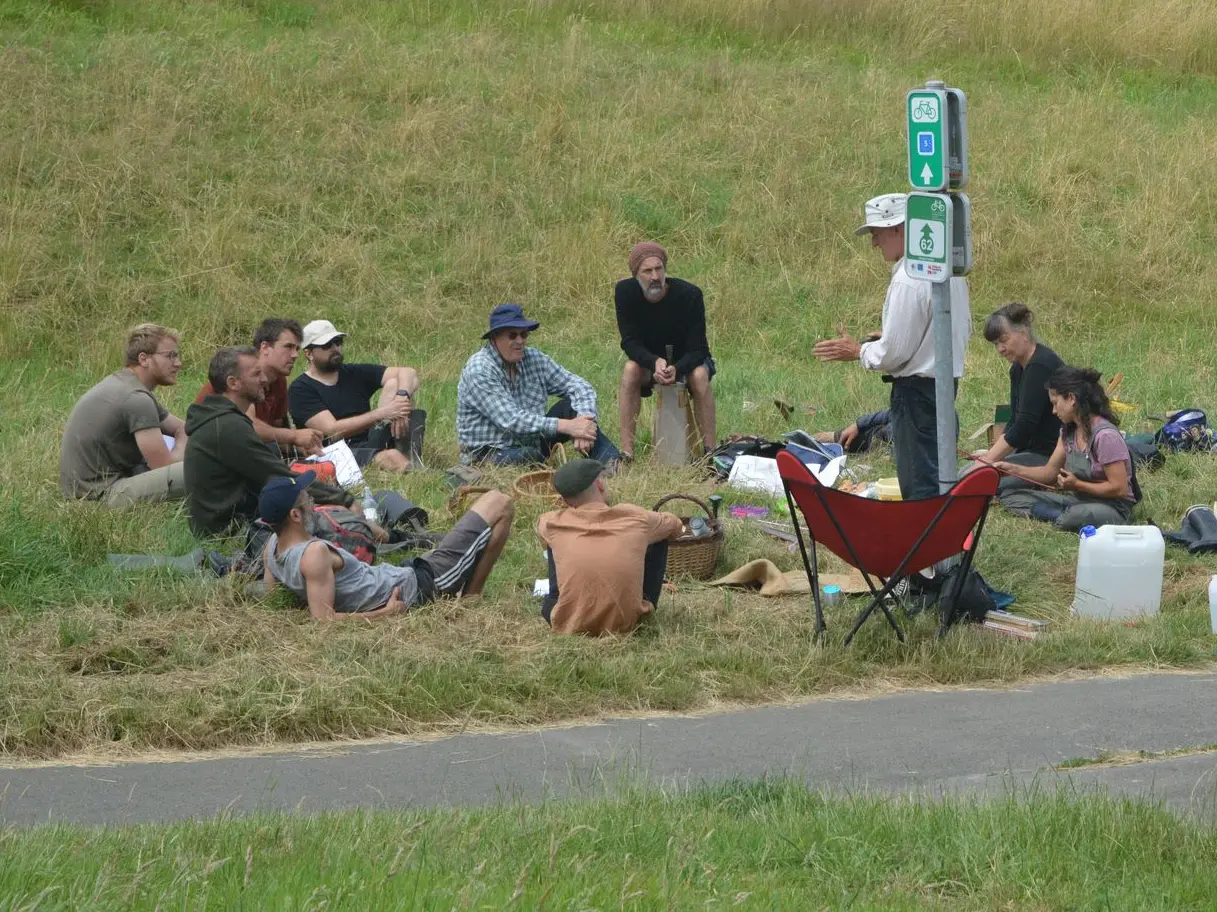
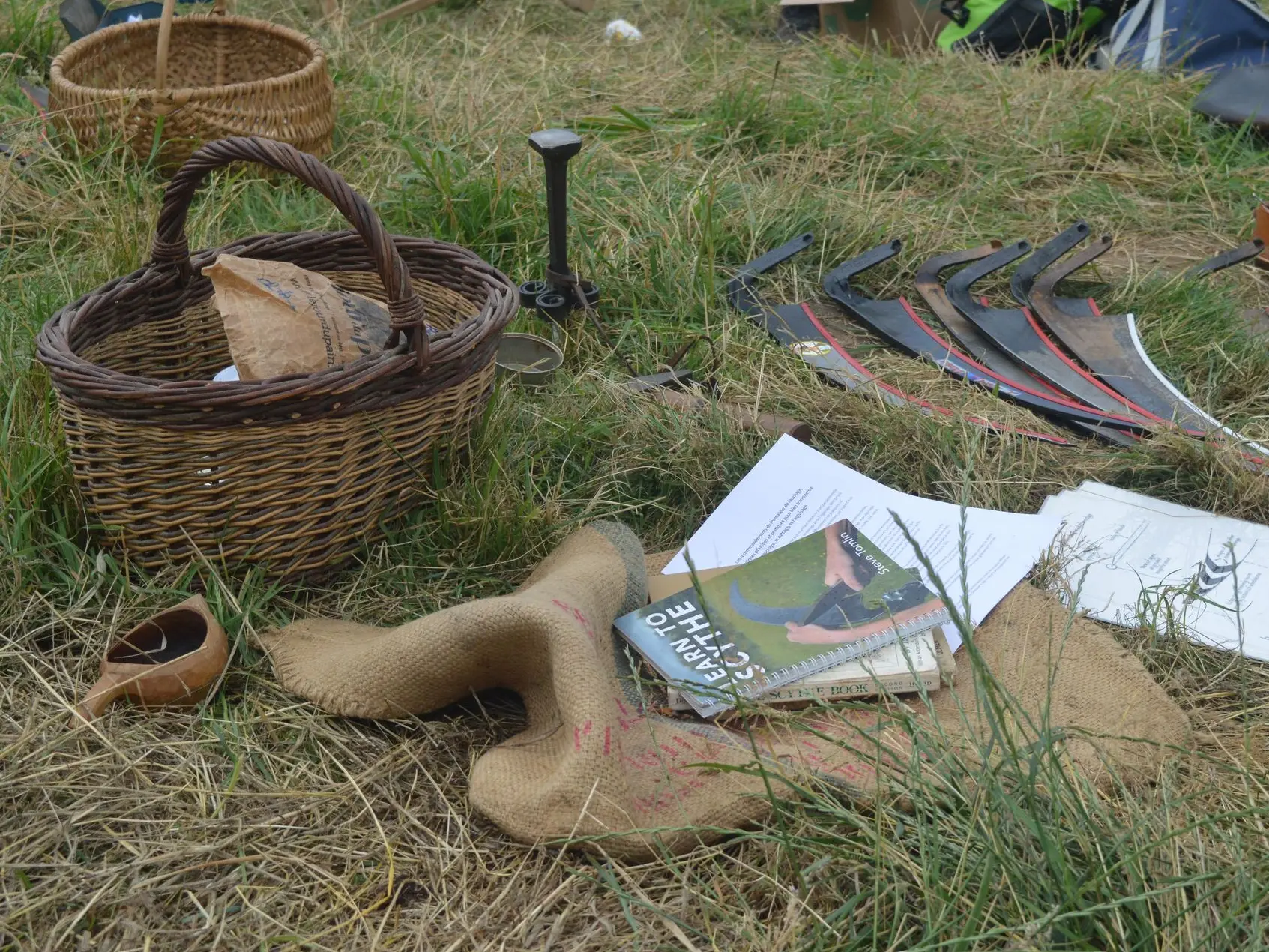
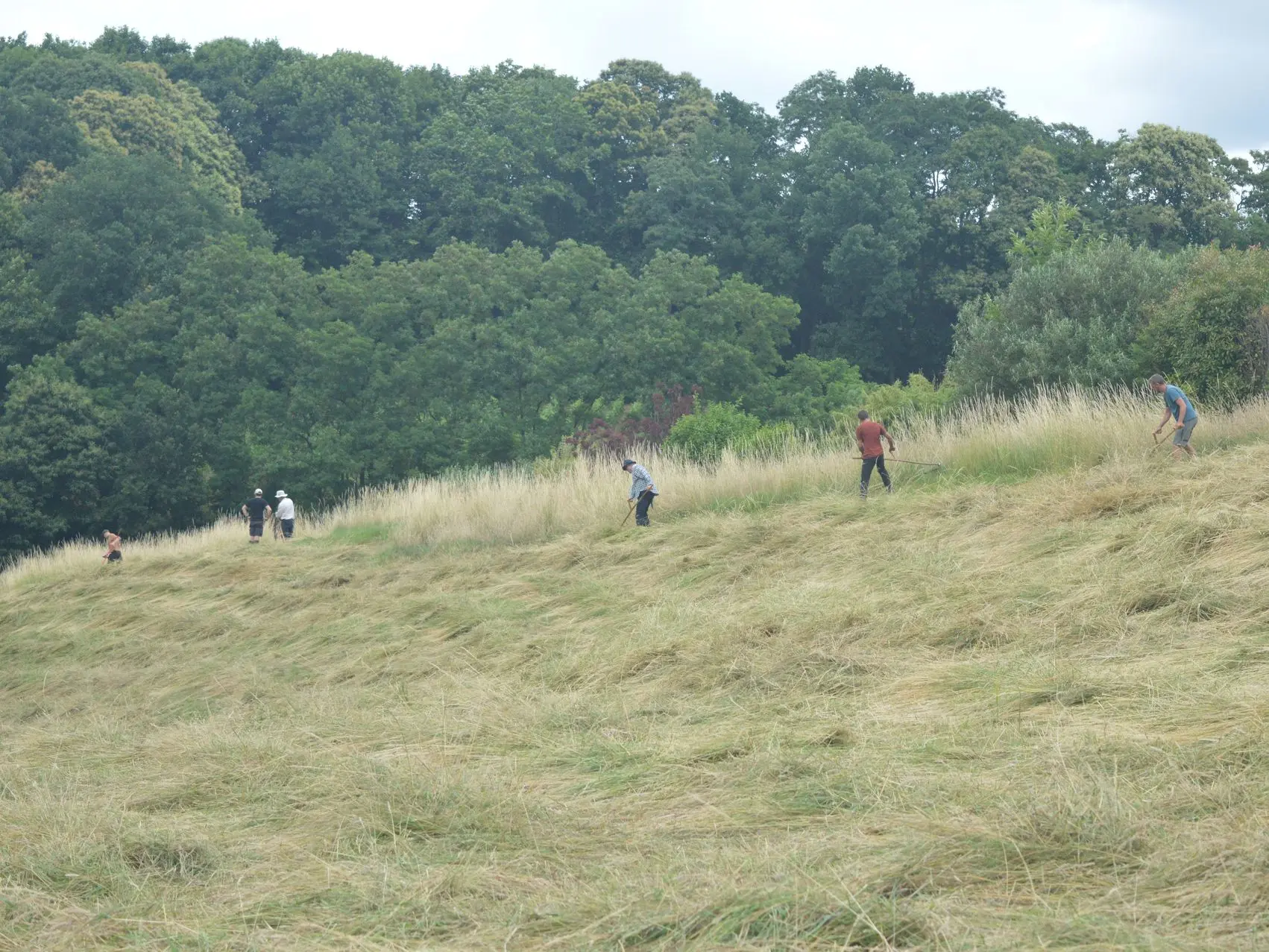
Training day for teachers and future teachers, June 2025
And now, to celebrate our 15th anniversary in the scything business, we have the immense pleasure of launching our brand-new website! We're also creating a new blog on the website, with different sections that will cover several topics in addition to woodworking, notably scything, among others. We hope you'll enjoy browsing the website, which is much richer in texts and images, and following our blog, which will be updated more regularly.
Between the new website, which is much more convenient for processing orders, and the new annex we're building to store our merchandise, our operations will be much more fluid, which will be felt when you place an order.
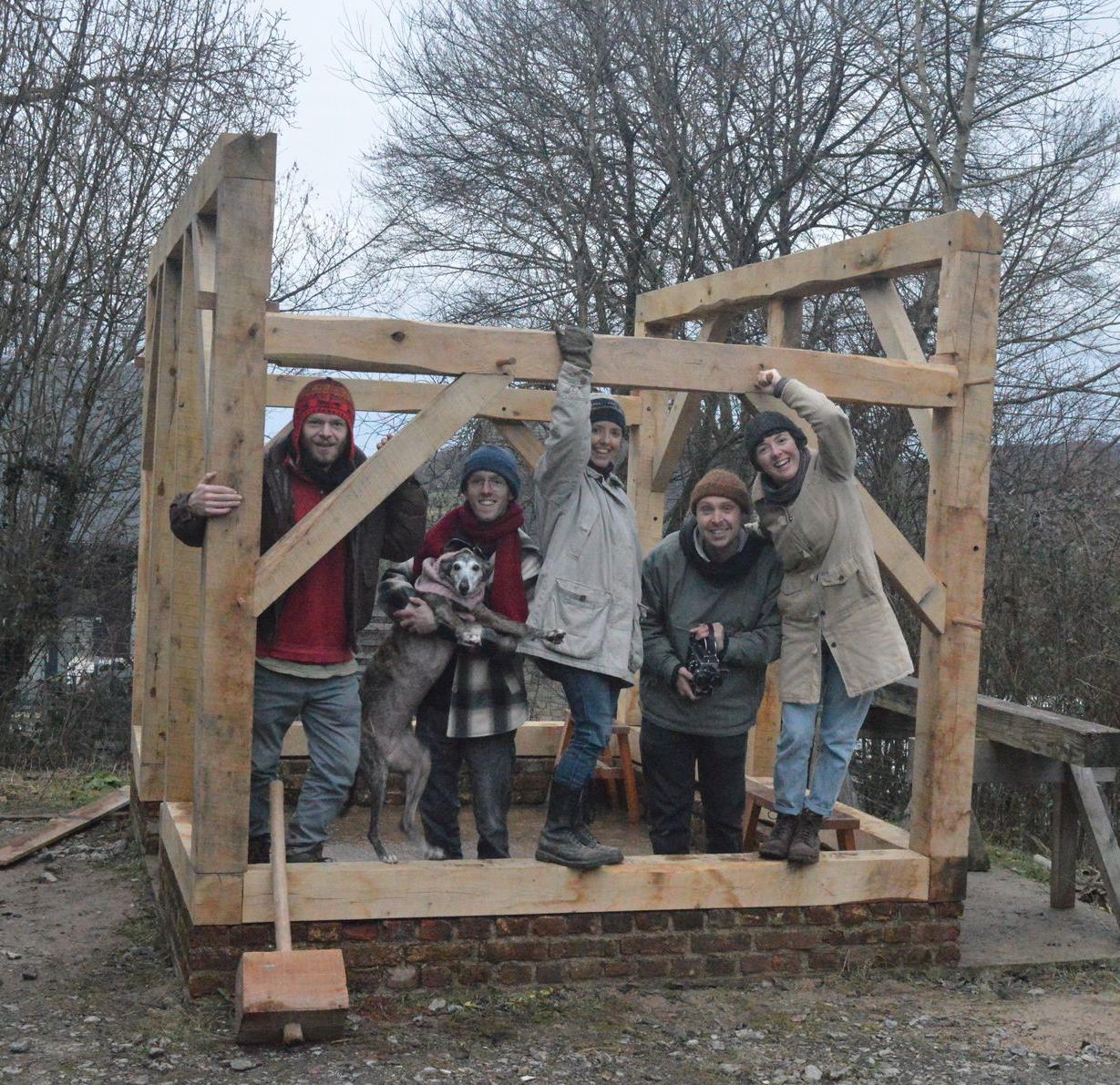
Our family, gathered to assemble the frame of the small annex
We’re not short on ideas and projects, and more are in the pipeline. To be continued...
Writing this article gave us the opportunity to revisit some key points of our journey and share them with you—a fun way to mark this milestone.

We look forward to seeing you at one or the other event!
Wishing you a pleasant visit of the new website,
Peter and Christina De Schepper
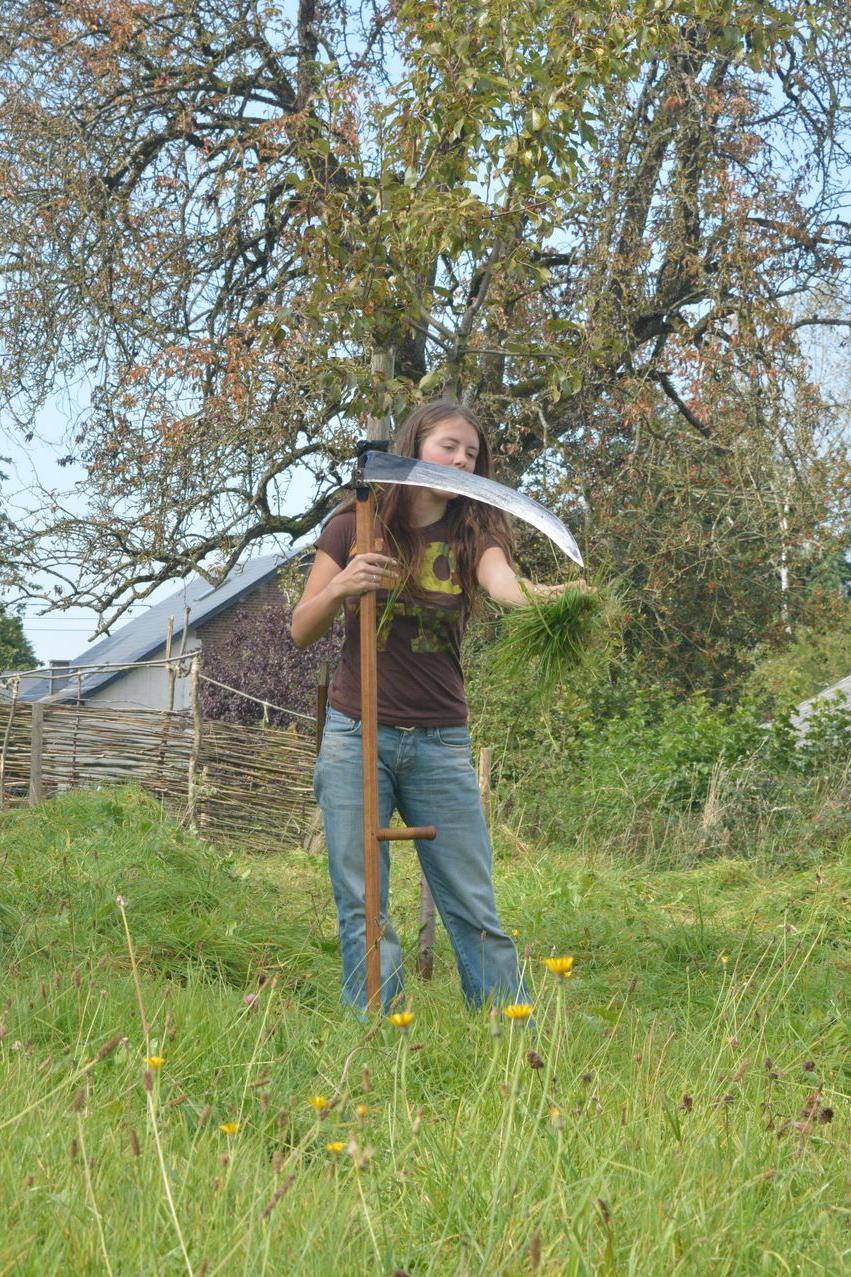

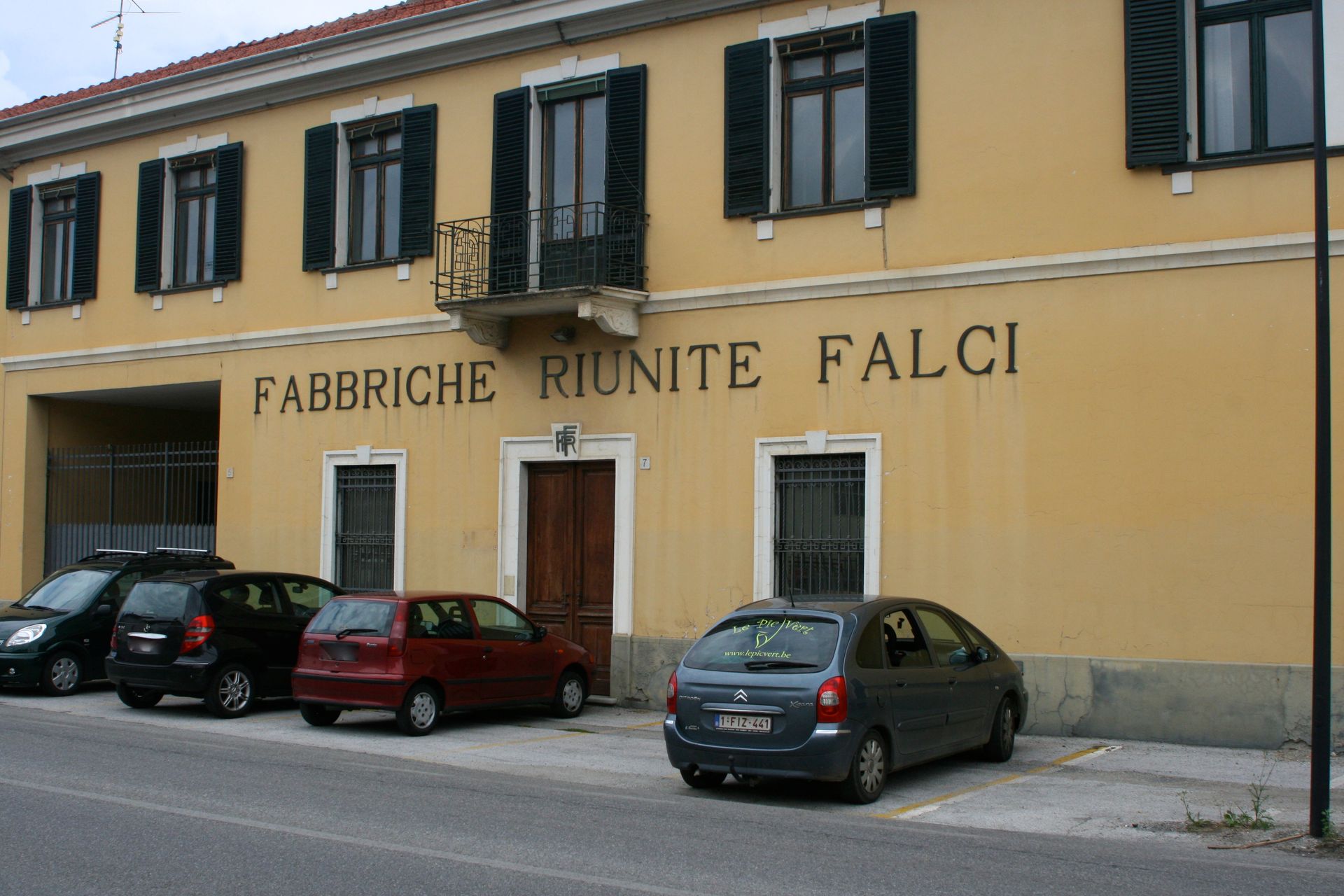
Le Pic Vert celebrates 15 years of teaching scything courses and selling scythes!